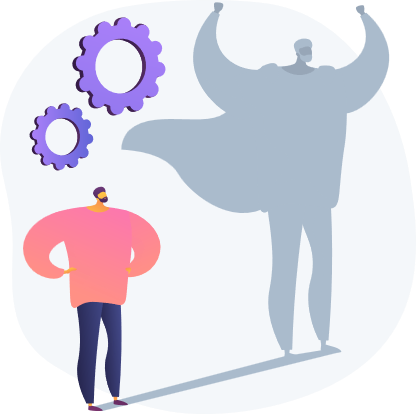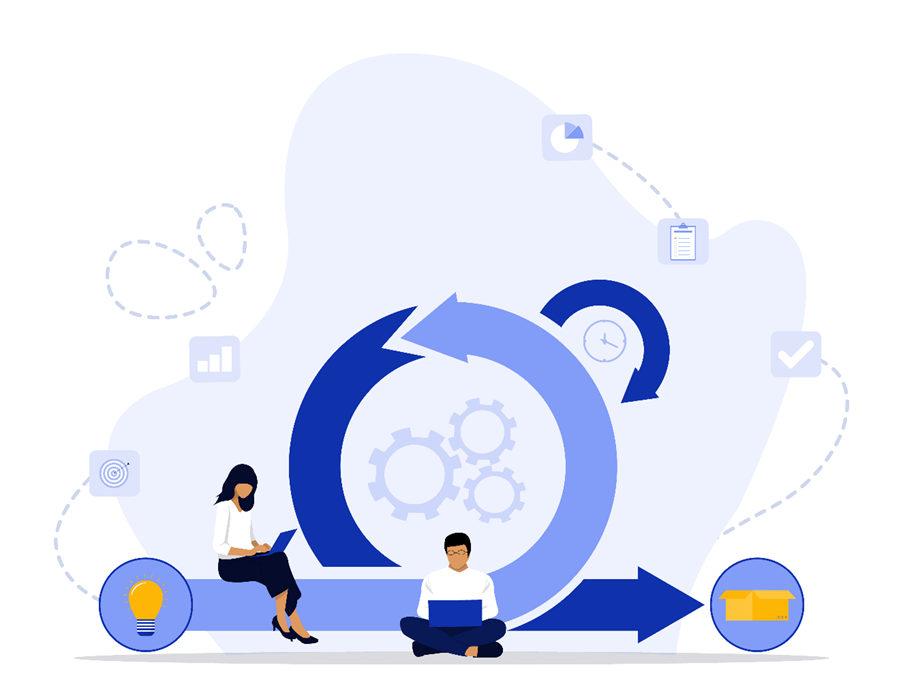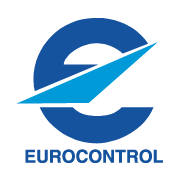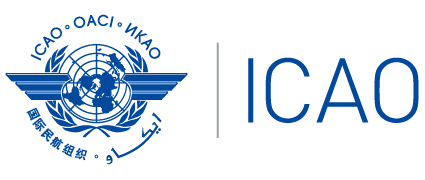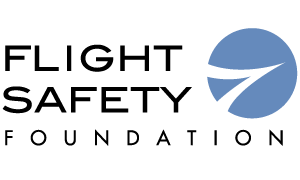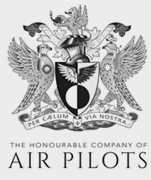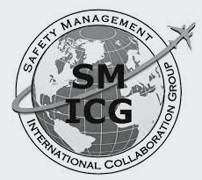Introduction to DEI in Aviation
Introduction to DEI in Aviation
Setting the scene
 “The aviation workforce contracted by 43%, equating to 4.8 million jobs globally, during the pandemic. New employees are difficult to find, as the priorities of many people have changed and competition to attract talent is fierce. This is happening at a time when traffic is bouncing back, potentially creating a widening gap that can cause important operational challenges, particularly during airports’ peak periods.”
“The aviation workforce contracted by 43%, equating to 4.8 million jobs globally, during the pandemic. New employees are difficult to find, as the priorities of many people have changed and competition to attract talent is fierce. This is happening at a time when traffic is bouncing back, potentially creating a widening gap that can cause important operational challenges, particularly during airports’ peak periods.”
According to the Air Transport Action Group (ATAG)
Context (the Why)
- The shortage of qualified workers will remain a key issue in the years to come. The aviation and aerospace system will continue to require trained and competent staff, even if technology is being increasingly used. In parallel, the aviation sector faces an underrepresentation of women at almost all levels and across all organisational areas and activities. Whilst the lack of gender diversity has been addressed for a long time, sufficient and sustained progress has not been achieved. In addition, although diversity efforts in aviation started with looking at gender balance, DEI goes far beyond this single issue. It is only when the aviation sector fully represents the people it serves that it will be in a better position to attract the widest range of talent. Too many women and people from other underrepresented groups do not see a place for themselves in today’s industry. This is a huge barrier to future recruitment.
- In addition, when new staff join the industry, we must do as much as we can to ensure that they stay in aviation and do not leave for other sectors. This means that we must improve our efforts to promote and support diversity in the workplace as a key aspect of good people management. This means valuing everyone in an organisation as an individual to create an inclusive environment where everyone feels able to participate and achieve their potential. While legislation sets minimum standards – e.g. with regard to age, disabilities, race, religion, gender or sexual orientation – an effective diversity and inclusion strategy goes beyond legal compliance and seeks to add value to an organisation, contributing to employee well-being and engagement.
- The moral case for building fairer and more inclusive labour markets and workplaces is indisputable. Regardless of our identity, background or circumstances, everyone deserves the opportunity to develop their skills and talents so they can reach their full potential, work in a safe, supportive and inclusive environment, be fairly rewarded and recognised for their work, and have a meaningful voice on matters that affect them.
- There are many business cases showing that diverse teams and inclusive working environments deliver better performance, increase innovation capabilities and make organisations more profitable. They are not quoted here in detail, but some are used to highlight the benefits of effective DEI programmes.
- The aviation and aerospace sector will be more resilient and better placed to achieve its sustainability goals if it is able to attract a wide range of talent and maximise the full potential of its workforce. Promoting diversity is not just something that is nice to have; it is crucial for a safe and successful industry – both at European and at global level. Talent pipeline management could be a lot more effective, and we need strong leadership to help address the existing gaps both at the industry level and within individual organisations.
- Many organisations have been focusing on DEI, but in many instances, their initiatives have not translated into meaningful progress. In a McKinsey survey conducted in 2023, 70% of the respondents (CEOs and their teams) said their organisations had ambitious goals for DEI transformation, while 47% admitted that they did not have a suitable infrastructure to achieve their DEI aspirations. Only 43% believed that their organisations had even begun to take measures to tackle discrimination and bias in the workplace.[1]
The DEI toolkit offered in this paper aims to provide effective information, recommendations and actions that the aviation and aerospace industry can use to help solve its workforce challenges.

Background of the initiative and evolution
 This DEI toolkit has been developed by organisations, stakeholders, and engaged individual contributors working in the area of air traffic management in Europe (air navigation service providers (ANSPs), international organisations, NGOs, SMEs, and academia). However, the scope of the DEI toolkit has been broadened to cover the whole aviation industry.
This DEI toolkit has been developed by organisations, stakeholders, and engaged individual contributors working in the area of air traffic management in Europe (air navigation service providers (ANSPs), international organisations, NGOs, SMEs, and academia). However, the scope of the DEI toolkit has been broadened to cover the whole aviation industry.
Starting in late 2018, individuals working in the ATM sector created an informal network to collaborate on advancing gender equality. They recognised that work needed to expand beyond gender to include other dimensions of diversity, and that a topic of this scale could only be successful for organisations and the wider industry through effective collaboration.
The group continued this exchange during the COVID-19 crisis and pursued their work via webinars, where best practices were exchanged. Increasing DEI in aviation was identified as a key element for the industry’s revitalisation goals to “build back better”. These online sessions are available in EUROCONTROL’s Learning Zone course catalogue, and two face-to-face workshops were held to develop the content on this topic. The first workshop on inclusion and diversity in ATM was held in Amsterdam in November 2022, concluded with a Think paper on DEDI. The second one was held in Dublin in March 2024 and conducted the first review of the DEI toolkit.
In 2023, the organisations involved concluded that the best way to advance the topic of DEI in aviation was to share the information collected in this DEI toolkit paper as a publicly available resource through the EU’s DG MOVE Platform for Change.
This toolkit aims to support the DEI roadmaps of aviation organisations and has been designed as a practical and pragmatic guide specifically tailored for the industry in Europe. This includes air navigation service providers (ANSPs), airlines, airports, national authorities, ground handling staff, maintenance staff, training staff and many other areas of activity. The contributors to this toolkit trust that this work will be valuable and serve as a useful reference for global stakeholders.
The toolkit was accepted in November 2023 as an action by the Platform for Change of the European Commission (DG MOVE). Furthermore, the work carried out in this context is closely linked to the European Plan for Aviation Safety (EPAS) of the European Union Aviation Safety Agency (EASA).
Diversity, equity and inclusion
The aviation sector needs to ensure that diversity among aviation leaders and the wider workforce more closely matches the diversity seen in societies at the local, national, and European levels to ensure that we are able to tap into the entire pool of talent that is available.
Equity in organisations ensures that every individual has a fair and equal opportunity based on their individual needs to make the most of their lives and talents, giving everyone equal opportunities to develop.
Inclusion forms the basis for psychological safety and also contributes to a better safety culture that is imperative in all aviation organisations. It is vital for the sustainability of businesses and economies. Everyone stands to benefit when we embrace and value the diversity of thoughts, ideas and ways of working that people from different backgrounds, with different experiences and identities, bring to an organisation.

Aspirations for DEI in aviation
The success of the aviation industry relies on having enough competent people who are operationally ready and fit for duty. Even as the use of automation and artificial intelligence increases, there will still be a need for people, and their roles in the system will merely evolve.
Having enough people is a key challenge for the industry. This can only be solved by having access to a diverse talent pool that reflects society – otherwise large portions of the potential workforce will choose other industries where they can see themselves working.
Once people arrive in the industry, we need to make sure that they stay, which is why it is crucial that staff are given meaningful and long-term careers in organisations that treat them well.
This is what effective DEI really means and why it applies to the whole European aviation system.
 This DEI toolkit provides a repository of activities, actions and good practices on how to implement DEI effectively in aviation organisations. It leverages a considerable amount of knowledge and skills while also supporting an extensive network of specialists who are able to support global initiatives and projects.
This DEI toolkit provides a repository of activities, actions and good practices on how to implement DEI effectively in aviation organisations. It leverages a considerable amount of knowledge and skills while also supporting an extensive network of specialists who are able to support global initiatives and projects.
There is no intention to turn this toolkit into formal guidelines or a regulatory framework.
The definition of diversity in this toolkit goes beyond gender equality, covering areas such as age, disabilities, religion, sexual orientation, gender identity, nationality, ethnicity, wealth, education, family situation, and cognitive diversity.
Aviation and aerospace organisations often share best practices on technological and safety topics. Working collaboratively on DEI will be beneficial not only to individual organisations but also to the industry as a whole, as each participating organisation will leverage economies of scale and maximise each contributor's return on investment in DEI activities.
Necessary action
Working together
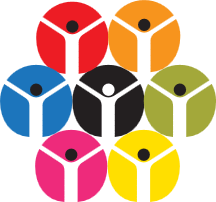 The work that has been carried out so far in the area of DEI has been largely fragmented and executed on a local level, with many organisations working in isolation. More efficiency and faster results can be achieved if there is a collaborative approach to leverage economies of scale and economies of knowledge. People and organisations need to actively engage with this topic, and a coherent strategy is needed to ensure that there are working practices across the industry that support an inclusive culture that embraces differences both within organisations and at the local and international levels[2].
The work that has been carried out so far in the area of DEI has been largely fragmented and executed on a local level, with many organisations working in isolation. More efficiency and faster results can be achieved if there is a collaborative approach to leverage economies of scale and economies of knowledge. People and organisations need to actively engage with this topic, and a coherent strategy is needed to ensure that there are working practices across the industry that support an inclusive culture that embraces differences both within organisations and at the local and international levels[2].
Context for DEI in a European and global framework
In 2020, the EU introduced its Gender Equality Strategy 2020-2025, which sets out key actions for the next five years and commits to ensure that the Commission will include an equality perspective in all EU policy areas. The Strategy pursues a dual approach of gender mainstreaming combined with targeted actions, and intersectionality is a horizontal principle for its implementation. A special focus is placed on gender diversity, given that there is 12% less labour participation among women than among men. Closing this gender gap will enhance economic growth and help reduce inequalities based on gender.
Key milestones in EU policies include the Directive on gender balance on corporate boards,[3] adopted on 23 November 2022, which seeks to improve the gender balance in corporate decision-making positions in the EU's largest listed companies. By 2026, companies will need to have 40% of the underrepresented gender among non-executive directors or 33% among all directors. In addition, the European Parliament adopted a new Directive on pay transparency measures[4] in 2023.
Furthermore, under the Horizon Europe work programme for 2021-2022, having a gender equality plan (GEP) in place is one of the mandatory requirements as an eligibility criterion for calls with deadlines in 2022 and onwards. SESAR 3 Joint Undertaking projects are also funded under the Horizon Europe framework programme (2021-2027) – the EU’s key funding programme for research and innovation with a budget of €95.5 billion. The programme tackles climate change, helps to achieve the UN’s Sustainable Development Goals, and boosts the EU’s competitiveness and growth.
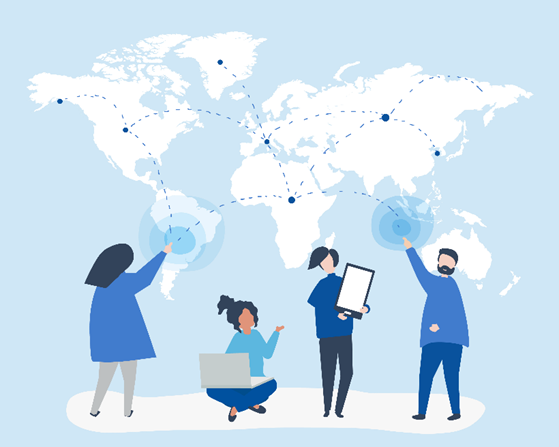 On a global level, ICAO has established the “Air Transport Gender Equality Initiative”. This initiative includes the establishment of air transport gender indicators through the collection of workforce statistics, which are provided on a voluntary basis by States. Collaboration and ongoing discussions between ICAO, the International Labour Organization (ILO) and the United Nations Educational, Scientific and Cultural Organization (UNESCO) will allow for cross-organisational learning on best practices in collecting gender-related data with the aim of incorporating the information in the ICAO manual entitled “Global and Regional 20-Year Forecasts: Pilots, Maintenance Personnel, Air Traffic” and the creation of an online platform for sharing data on workforce statistics.
On a global level, ICAO has established the “Air Transport Gender Equality Initiative”. This initiative includes the establishment of air transport gender indicators through the collection of workforce statistics, which are provided on a voluntary basis by States. Collaboration and ongoing discussions between ICAO, the International Labour Organization (ILO) and the United Nations Educational, Scientific and Cultural Organization (UNESCO) will allow for cross-organisational learning on best practices in collecting gender-related data with the aim of incorporating the information in the ICAO manual entitled “Global and Regional 20-Year Forecasts: Pilots, Maintenance Personnel, Air Traffic” and the creation of an online platform for sharing data on workforce statistics.
Framework of existing programmes
The number of existing and complementary programmes is constantly evolving. This toolkit includes a dedicated chapter on various organisations and initiatives, with some of the most relevant highlighted below:
Taking only the example of ANSPs in Europe – with over 55,000 employees in the sector, of which 17,800 are ATCOs, in addition to 37 service providers and 62 en-route facilities in Europe – the sector can clearly benefit from economies of scale and economies of learning. The ATM sector has a strong case for developing a network approach to promote inclusion and diversity, increase sustainability, improve safety, and ensure a sufficient number of qualified staff for aviation in the future. Such work is directly linked to the areas covered by EU Directives, national laws, the UN’s Sustainable Development Goals (SDGs), and environmental, social and governance (ESG) standards in general. The ongoing demographic decline and the shortage of qualified labour are having a negative impact on the current labour market. This is particularly true for aviation, where qualification processes take a relatively long time.
A more attractive sector that welcomes a more diverse workforce can achieve better results in finding and retaining enough qualified people to deliver the services needed and keep up with the twin transformations of digitalisation and sustainability. At the same time, a more inclusive sector will be more attractive to younger generations. Therefore, it is strategically important to build a setting where best practices are exchanged, shared learning takes place, and the sector is seen as one standing for inclusion, diversity, and innovation.
[1] 7-Step DEI Communications Strategy and Checklist Ideas
